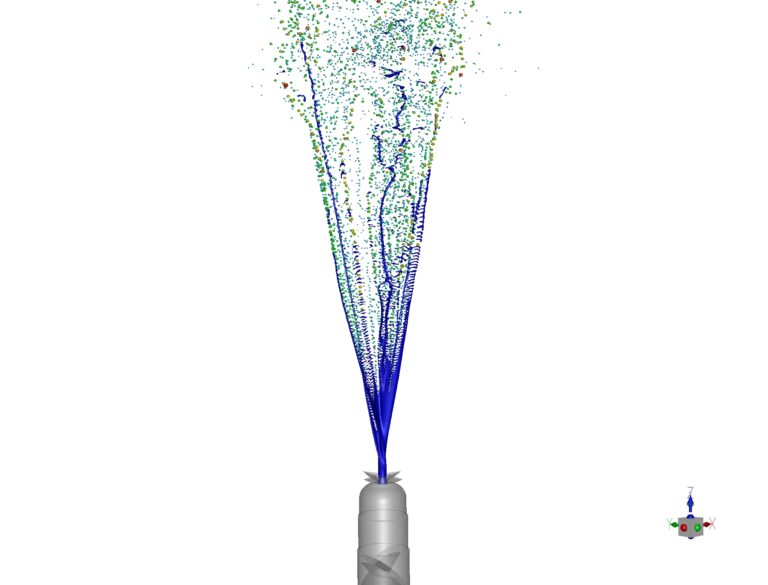CFD simulation for life sciences and biotechnologies
The functioning of living organisms, although extremely complex, is nevertheless governed by the laws of general physics, and in particular those of fluid mechanics. As such, our computational fluid dynamics simulation tools are capable of providing numerous solutions to the complex problems encountered by life science industrialists: biodynamics, blood flows, rhinosinus pathologies. These innovative approaches bring a fresh perspective to life sciences.
CFD applications in life sciences and biotechnology are vast, ranging from bioreactor design to cell culture optimization and blood flow modeling.
Here are just a few examples of CFD’s main applications in the biotech and life sciences sectors.




